From fields to people: how cotton is grown and processed into garments
Cotton is one of the most widely used natural fibers globally, and its journey from cultivation to garments, from fields to people, involves an intricate and long process.
Cotton, one of the most widely used natural fibers globally, embarks on a lengthy journey from the fields to the garments we wear daily.
Gaining insight into the process of obtaining and transforming cotton into fabric enhances our appreciation for this versatile material. Every year, 27 million tons of cotton are produced globally, and it projected to reach 29 million tons by 2028. This makes cotton one of the most widely used fibers worldwide, representing approximately 23% of the global fiber market.
In this article, we’ll delve into the stages of cotton production, from cultivation to manufacturing, and uncover the steps involved in creating these comfortable and versatile fabrics.
Here’s an index of the journey of cotton fabrics and clothing, from fields to people:
- Planting
- Growth and maintainance
- Harvesting
- Ginning
- Cleaning
- Carding and combing
- Spinning
- Weaving or knitting
- Finishing
- Garment manufacturing
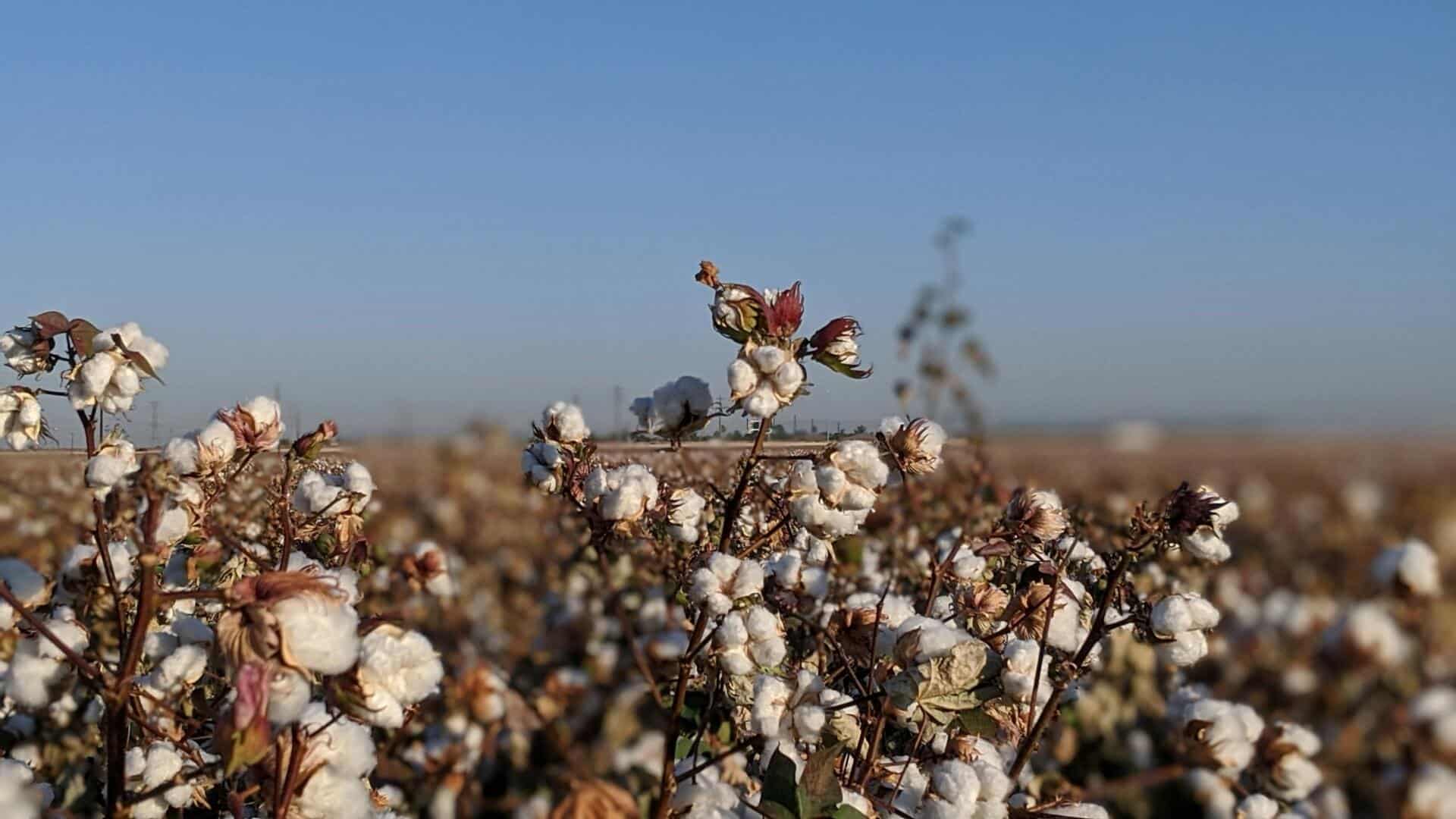
1) How is cotton planted, grown, maintained and harvested?
The journey of cotton starts with its cultivation, mainly in regions with warm climates. Key stages include:
-
Planting: Farmers meticulously prepare the soil and plant cotton seeds during the appropriate season.
-
Growth and Maintenance: Successful cotton growth requires a frost-free period, abundant sunshine, and moderate rainfall. Farmers carefully monitor plant growth, remove weeds, and protect the crops from pests and diseases.
-
Harvesting: After the plant has been defoliated and the bolls have cracked open to reveal the lint, the cotton is ready to be harvested, either by hand or using mechanical equipment.
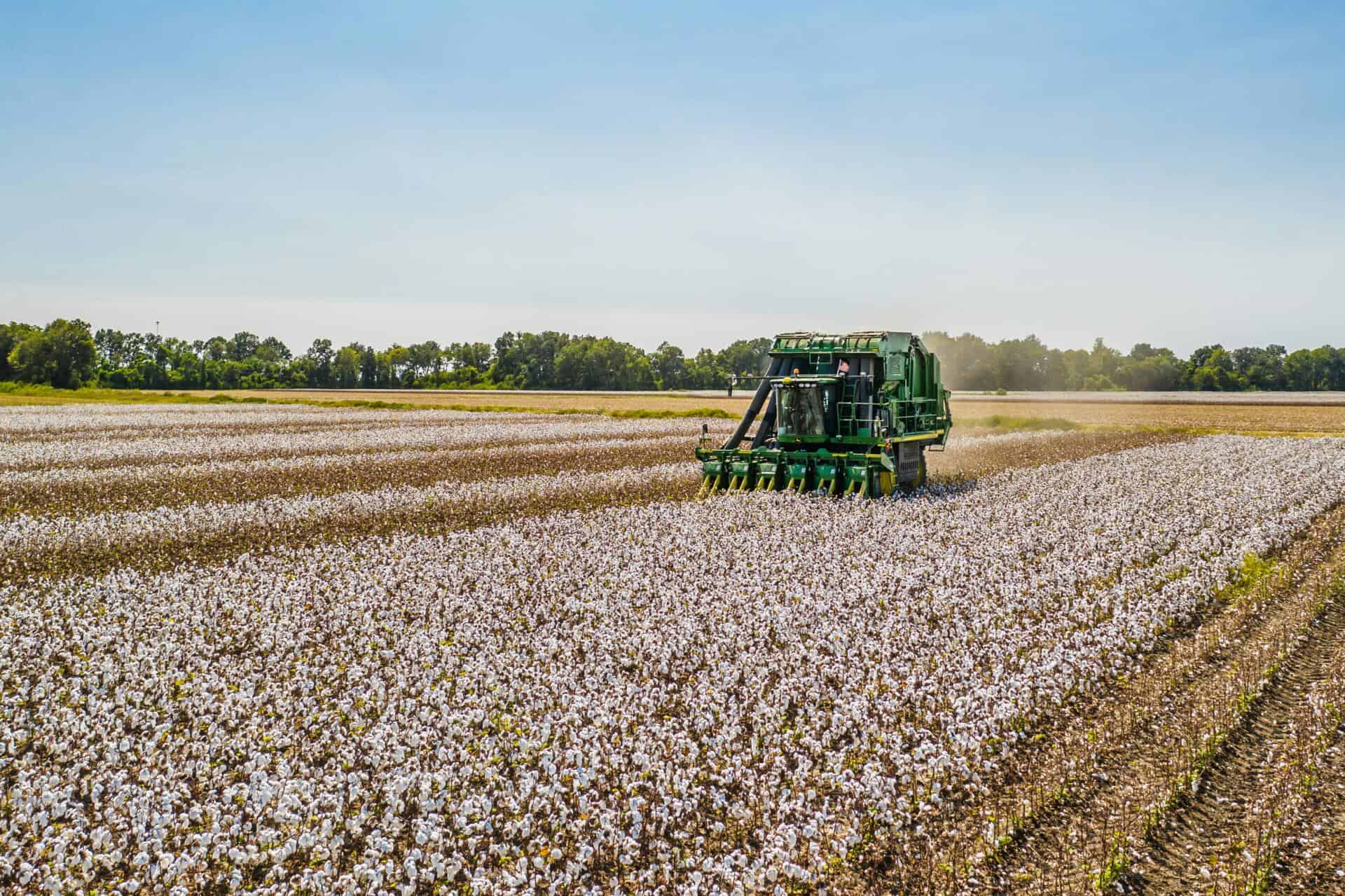
2) How is cotton processed through the ginning, cleaning, carding and combing?
Following the harvest, cotton undergoes several processing stages to ready it for fabric production:
-
Ginning: The first step is ginning, which separates cotton fibers from seeds and plant debris using a cotton gin machine.
-
Cleaning: The cotton is then cleaned to remove impurities such as dirt, leaves, and small particles, using various machines like cleaners and carding machines.
-
Carding and Combing: Carding straightens and aligns the fibers for spinning. Combing, an optional step, further refines the fibers by removing shorter ones and ensuring uniformity.
This detailed process underscores the complexity and effort involved in transforming raw cotton into the fabrics that are integral to our daily lives.
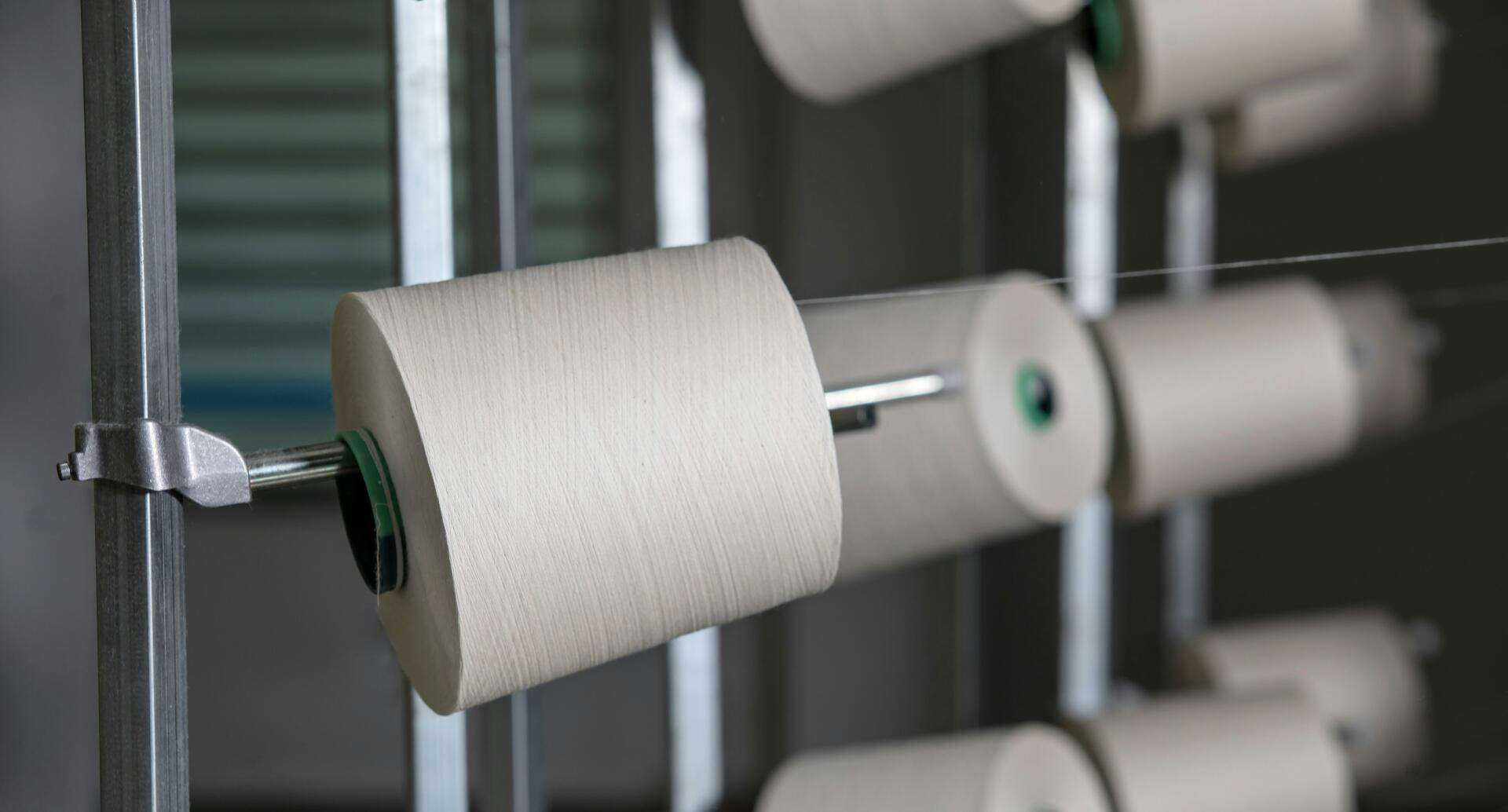
3) How is cotton spun, woven or knitted and finished?
Once cotton fibers are processed, they undergo several steps to be transformed into fabrics:
-
Spinning: Cotton fibers are spun into yarns using spinning machines, which twist the fibers together to create continuous strands of yarn.
-
Weaving or Knitting: The yarns are then woven or knitted into fabric. Weaving involves interlacing the yarns in a crisscross pattern, creating a stable fabric structure, while knitting uses loops of yarn to produce a more flexible and stretchable fabric.
-
Finishing: The woven or knitted fabric undergoes finishing processes such as washing, bleaching, dyeing, and printing to enhance its appearance, texture, and color.
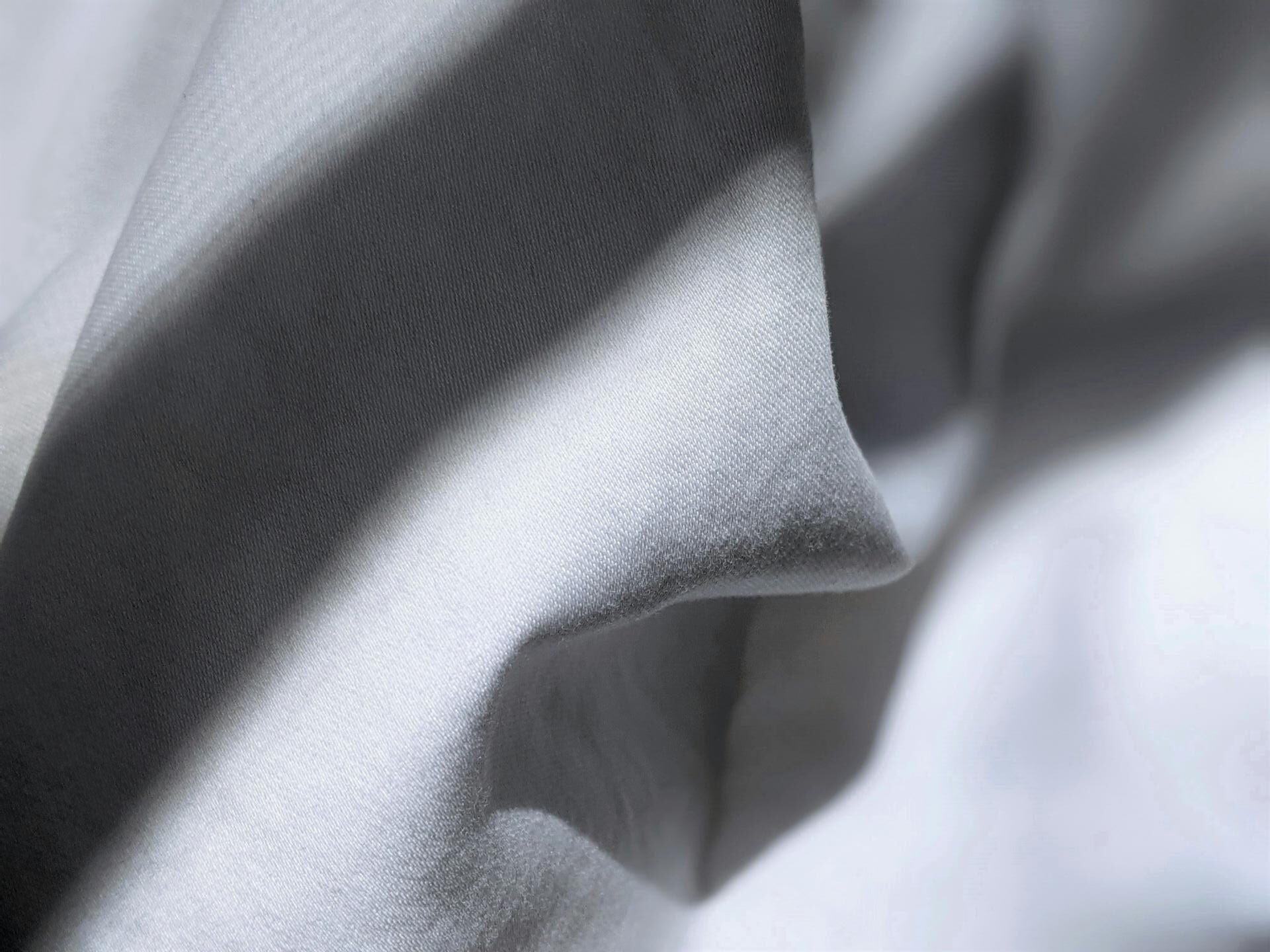
4) How are cotton textiles turned into garments?
The finished fabric ends up in the skilled hands of tailors and seamstresses, who cut it into pattern pieces and sew together to create garments, or other textile products, which are then labelled, marketed and sold to customers all over the world!
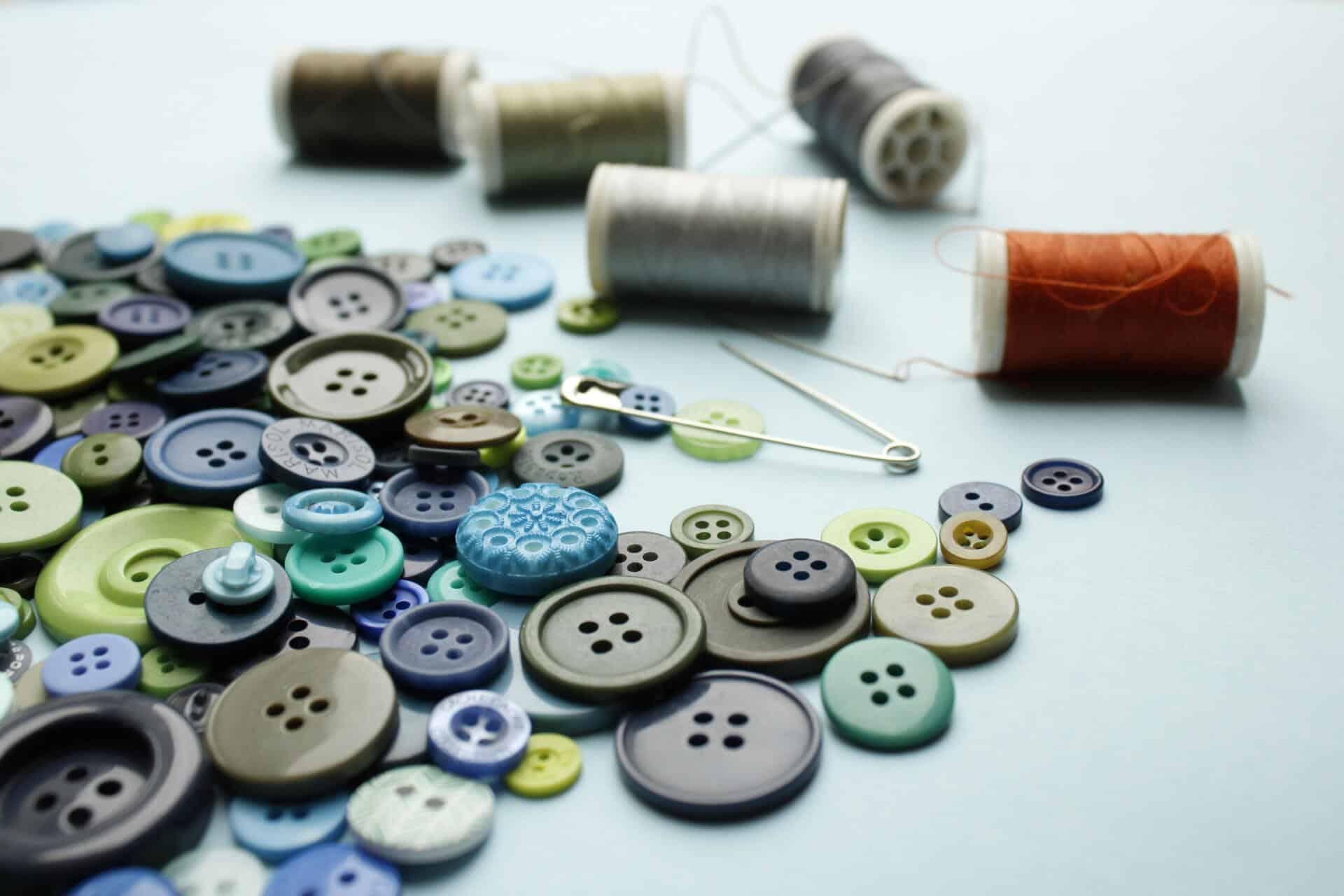
At the beginning of the 1970s, we started processing cotton in our territory, by applying all our know how and experience on wool to this valuable and beautiful fibre, exploring unusual weaves, dyeing tecniques and finishing processes to create one of a kind looks and handfeels.
After decades in the fashion world, in 2018, we have created the Manteco Academy project, through which we give webinars, in-person lessons and workshops on eco-design, circular economy and sustainability to numerous fashion schools, technical universities and brands worldwide. Thanks to this educative commitment and our heritage, we are often invited as guest speaker at events, panels, podcasts and conferences about sustainable fashion and circular economy.

